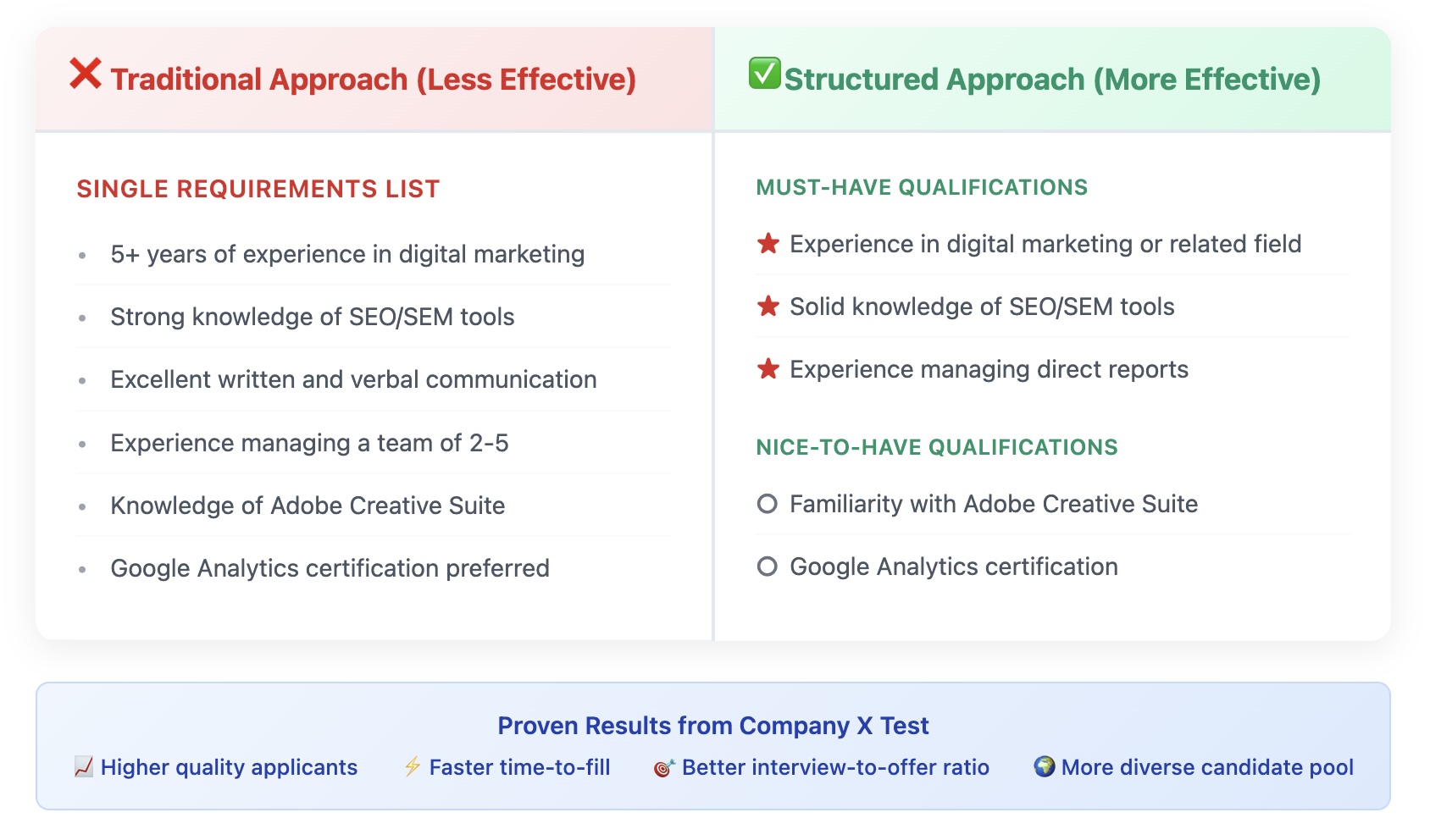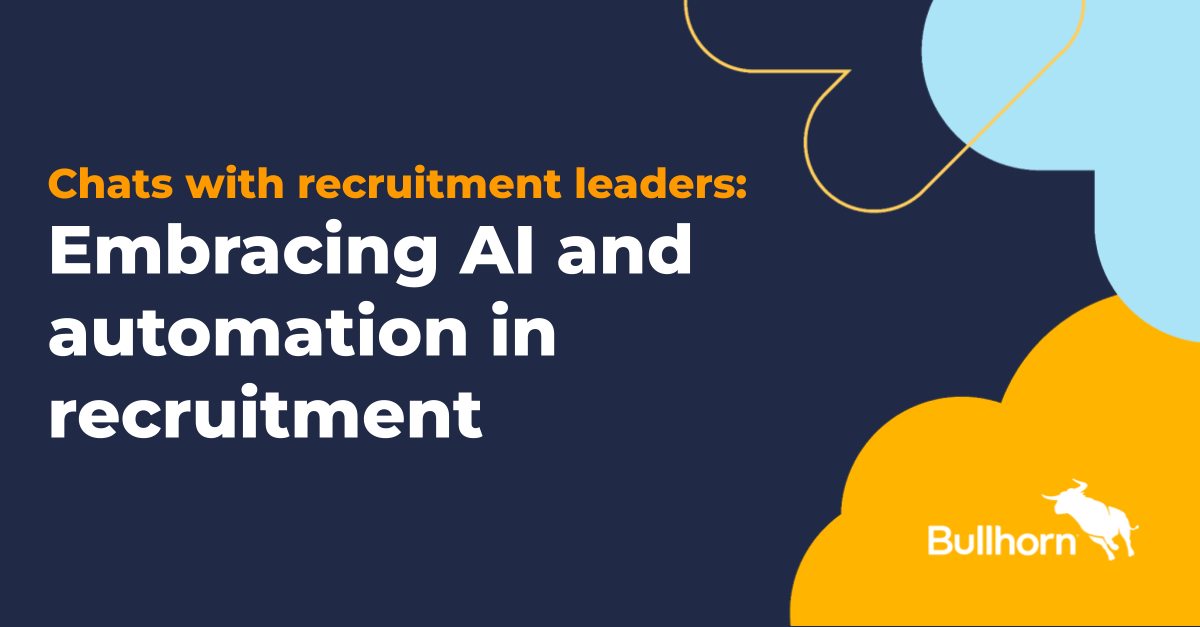
For HR leaders feeling pressure to become more data-driven, the path forward can seem unclear. While the directive is common, the practical steps to get there often remain frustratingly vague. Carina Cortez, chief people officer at tech firm Cornerstone, says HR leaders who want to use talent analytics to drive high performance should first build a robust data foundation, then focus on achieving strategic outcomes.
There are strong business incentives to invest in data-building initiatives. McKinsey & Company reports that organizations leveraging people analytics see, on average, an 80% boost in recruiting efficiency, a 25% increase in productivity and a 50% drop in attrition rates.
However, Cortez says, HR departments often struggle with talent analytics because they’re building on shaky ground. “Too many organizations rely on static, disjointed data to make talent decisions,” Cortez explains. “But these systems were not designed to keep up with the pace of change that the workforce is currently facing.”
The reality is that becoming data-driven requires more than good intentions and sophisticated tools. “I think oftentimes people leaders are told to be more data-driven but aren’t told how they can begin to do that,” Cortez notes.
The solution starts with establishing what she calls “a clear foundation of workforce intelligence and access to job data, that can connect departments across an organization, from people to IT.”
Once this layer is in place, HR leaders can shift from constantly responding to crises to strategic workforce planning. The power lies in moving from reactive to proactive operations, according to Cortez. “Rather than scrambling to fill talent or skill gaps after they emerge, people teams can start to anticipate them and plan accordingly, before it’s too late,” she emphasizes.
Forward-looking people analytics
Rebecca Wettemann, CEO of industry analyst firm Valoir, notes that while HR has long been a keeper of data, it often lacked the resources to do more than “keep that data, and it’s been siloed.” Now, she says, organizations are realizing that backward-looking reports aren’t enough to stay competitive. They’re turning to AI and predictive analytics to “understand, project and act,” boosting the agility of talent acquisition, retention and reskilling.
Wettemann adds, “HR is also recognizing that beyond basic authoring and summarization, real AI benefits only come when they’re informed by data, which means breaking down silos and harmonizing data.”
This transformation becomes particularly crucial when considering the rapid pace of change ahead. The World Economic Forum’s Future of Jobs Report 2025 predicts that by 2030, 39% of workers’ core skills will be different, signaling a major transformation in the skills needed over the next five years.
“One of the most important trends people leaders should be tracking is the shift from roles and tasks to skills-based strategic workforce planning,” Cortez explains. “Rather than focusing on static job titles, organizations need to use AI-powered analytics to uncover the transferable, trainable skills that already exist within their workforce.”
This represents a fundamental change in perspective. Instead of asking “who does what?,” organizations should be asking “who can do what?” This mindset shift enables smarter decisions around internal mobility, reskilling and future hiring needs.
Interestingly, as technology advances, the value of distinctly human capabilities continues to grow. Cortez shares findings from Cornerstone’s 2024 Global State of the Skills Economy report, explaining that demand for “human skills,” including communication and collaboration, is now outpacing demand for technical skills.
She adds that as AI becomes more embedded in everyday work, “there’s a real need for interpersonal skills that technology can’t replace.”
‘Data can tell just about any story you want’
The success of talent analytics depends less on having the most advanced tools and more on how they’re applied in practice. As Cortez cautions, “Data can tell just about any story you want,” which is why it’s crucial to first understand your business and people strategy, using them as “guideposts to ensure you are giving visibility to relevant data to provide impactful, actionable next steps.”
She emphasizes that effective analytics should “show your leaders a comprehensive view of where skills sit across teams and where gaps exist.” This kind of visibility serves as a roadmap for identifying who may need upskilling or reskilling, while also revealing where talent can be reallocated to meet evolving business needs.
HR leaders need to recognize that meaningful transformation requires time and consistent effort. As Cortez points out, “The truth is, becoming data-driven doesn’t happen overnight.” However, with a solid foundation, people teams can “launch a more sustainable talent data strategy and stick to it.”
That groundwork ultimately delivers measurable gains in organizational capability. “Once the foundation is created, becoming data-driven is more achievable,” she explains, shifting the focus from the tools and more to the outcomes: “faster decision-making, clearer career paths and more equitable development opportunities.”
What ‘high-maturity’ data looks like
This goal remains in the distance for many HR teams. Deloitte research shows that 83% of 924 companies worldwide have low people analytics maturity. Meanwhile, high-maturity organizations use advanced methods like consistent data definitions, built-in reporting tools and data integration to better understand employee behavior.
However, getting there isn’t impossible. For HR leaders, Cortez suggests the path is clear: Start with a strong foundation, focus on results and commit to the long term. Talent analytics success comes from making smarter, faster decisions—not from fancy tools.
As Cortez emphasizes, investment in dynamic talent data approaches and AI-powered knowledge helps organizations “map skill transformation, highlight internal mobility opportunities and drive smarter reskilling strategies.” She says organizations that master this capability will have a significant advantage in navigating the rapidly changing world of work ahead.









